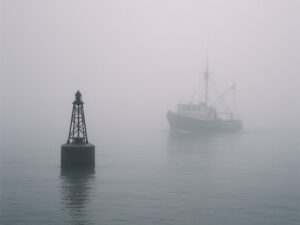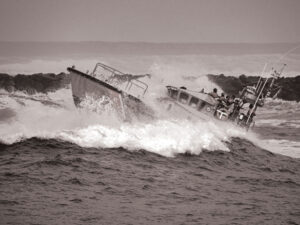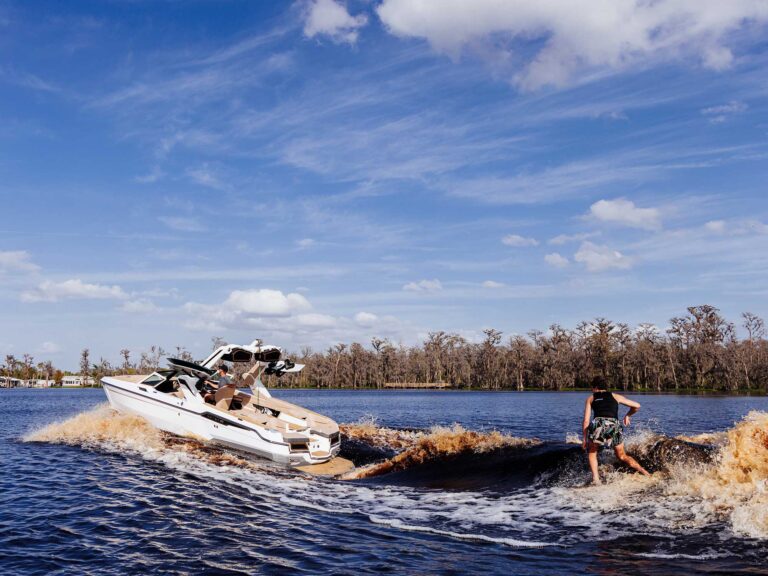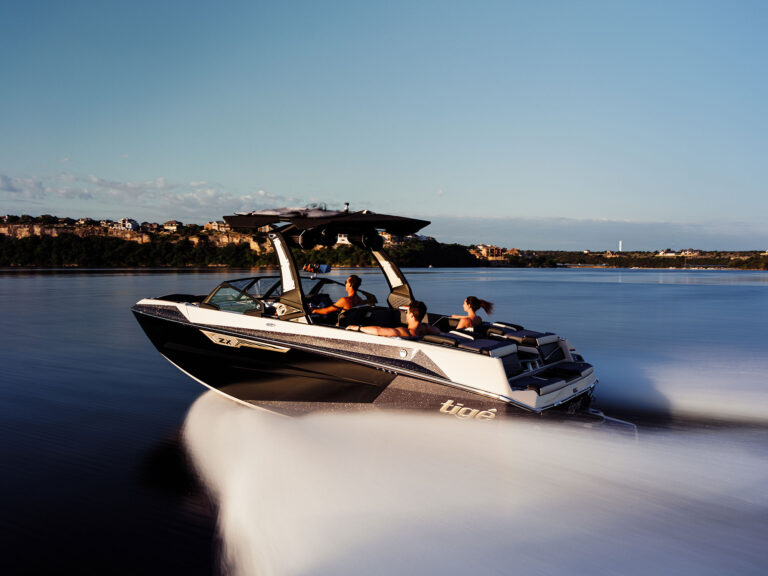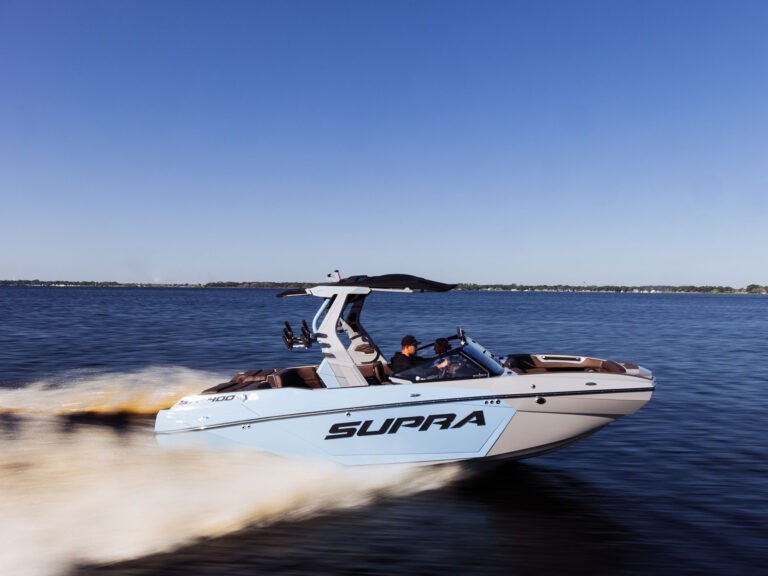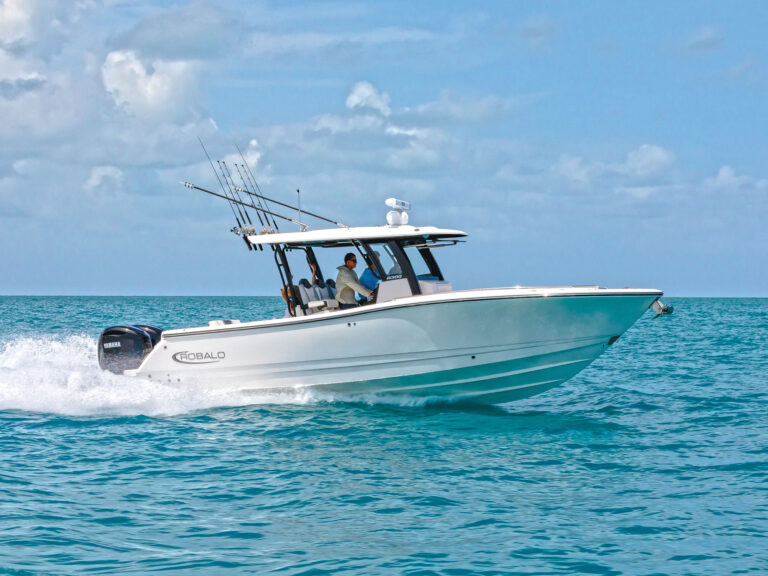Distracted driving? Oh, yeah, it can be dangerous, and most states have laws to combat it. Is it easier to avoid distractions while piloting a boat compared to a car? No, probably harder. There are no white lines to follow, other vessels approach from all directions at all speeds, sea conditions get lumpy, channels narrow, harbors turn crowded, calls come in on the VHF, fish strike trolling lines, and people move around the boat. The list of on-the-water attention diverters goes on and on.
Experienced skippers have learned to pay attention around their boats while underway, but how can new boaters get that experience as safely as possible? And is it possible for experienced skippers to sharpen their situational awareness? The folks at the National Safe Boating Council asked that question too. To get an answer, the council’s director emeritus Virgil Chambers developed a simple protocol called SCAN for keeping a proper lookout: search, concentrate, analyze and negotiate.
It’s all common sense, isn’t it? Sure, but can it be scientifically proven to help? It can. Look for our full report on distracted boating coming soon.
Search the area all around your craft. This is a 360-degree examination of everything on the water around your boat. Distances away will close or open depending on your speed or the speed of the observed boat or object. The faster you are operating, the farther out you will need to search.
Concentrate on what you are seeing with your eyes and on your electronics. Is it a boat? What type? What is it doing? What is its relative speed? Is it a stationary object? Drifting or anchored? These are questions you must consider while you look at the various observed boats or objects.
Analyze what you are watching. Is it closing in on your position or going away from you? Remember, if the object you are observing is at a constant bearing with decreasing range (you are getting closer to it and its relative position to you is not changing), it is on a collision course.
Negotiate What are you going to do? Slow down, turn away from the boat or object, and head in a different direction? Remember the Navigation Rules. Know the proper action to take while meeting head-on, crossing or overtaking another boat. Make your adjustments obvious.


